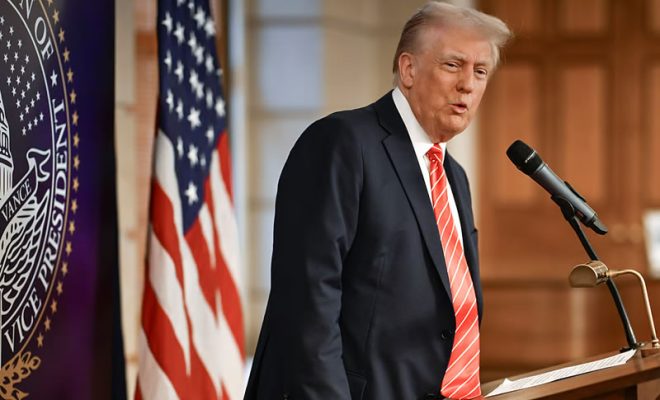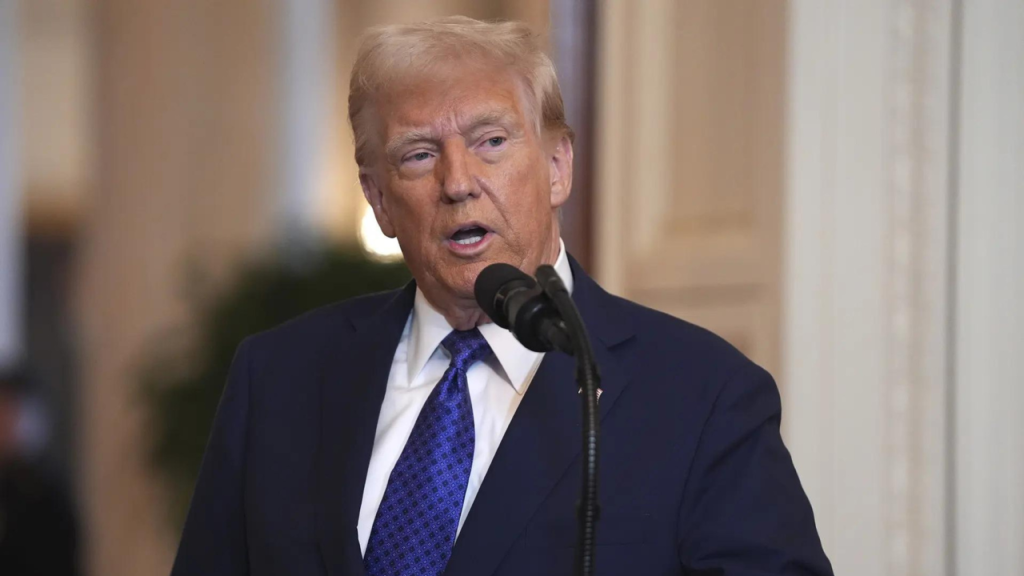Gold Card Visa: Indian Immigrants and the Impact of Trump’s New Policy

Former U.S. President Donald Trump is said to be planning a new class of premium visas for investors, the “Gold Card,” intended to compete against the current Green Card. Expected to cost $5 million, the visa promises a faster route to citizenship than the previous one by superseding the EB-5 investor visa program.
What is the Gold Card Visa?
A high-end visa for wealthy investors.
Provides Permanent Residency benefits with a no-strings approach to citizenship.
Designed to attract high-net-worth individuals into the U.S.
More details will be provided soon.
Gold Card versus the EB5 Visa: What’s in Network?
The new visa would end up granting a billionaire shine in U.S. immigration policies at the expense of the once lingering EB-5 program which has seen flak for rampant fraud and misuse. Unlike EB-5, the Gold Card Visa will be more beneficial for the U.S. Government as it will now be generating billions of dollars in revenues. Trump even played with the ludicrous idea that selling 10 million Gold Cards might help solve America’s national debt.
Where the current EB-5 visa asks:
- $800,000 investment in economically troubled areas.
- $1.05 million investment in other areas.
- Creation or preservation of at least 10 jobs in the U.S.
The Gold Card Visa will:
- Requires a $5 million investment.
- Have no job creation requirement.
- Offer a quicker way out to citizenship.
Impact on Indian citizens
Rich Indian investors aspire for this Gold Card visa to have a direct passport to U.S. citizenship. However, its exorbitant price tends to put it out of reach, allowing only the really rich Indians to access it.

Who can apply for it?
Two minimum conditions: (1) Indian nationals on H-1B, EB-2, or EB-3 visas are eligible to apply if they meet financial requirements; (2) notably no job sponsorship or business investment is needed whatsoever.
India is centrally placed in the overall workers’ visa system of the U.S. Since 2024 is mentioned to witness almost 390,000 H-1B visas issued, thus small Indian IT companies like Infosys and TCS are reputed to be major recipients of them. If Trump imposes more stringent requirements on H-1B enclaves, this makes dependency in turn for work visas visible, and there might be huge competition up front.
Alternatives to U.S. immigration for Indians
Considering that the $5 million Gold Card visa is out of reach for most, here are other U.S. visa options:
- The EB-5 Investor Visa requires an investment of $800,000 and job creation. If the Gold Card visa supplants EB-5, it may just not be there anymore.
- The O-1 Visa for extraordinary talent is here for extraordinary persons in tech, arts, and business. You could use O-1 as the ticket to the EB-1 green card without such a long wait.
- The L-1 Visa for business owners and executives is an excellent one for entrepreneurs and corporate executives, especially to set up their businesses in the U.S.
- H-1B Visa to EB-2/EB-3 Green Card is highly said to be the most operative exit route, though waiting times can stretch over decades. If H-1B policies end up being tightened, securing any employment might get tougher for many.



